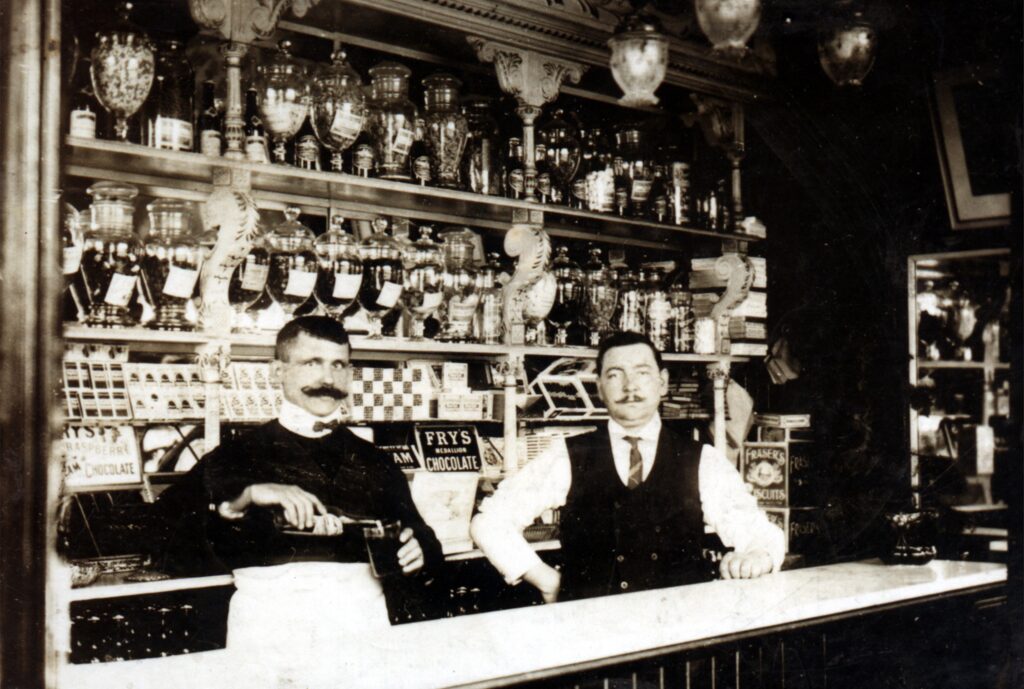During the late 19th and early 20th century, Scotland welcomed its biggest wave of Italian migrants. 20% of the UK’s total Italian population settled in Scotland.
In search of better working conditions and a better life abroad, Scotland and its growing industrial centres like Glasgow, offered hope. Here are some of the stories of the Italian Scots and how they shaped their adopted new homeland.
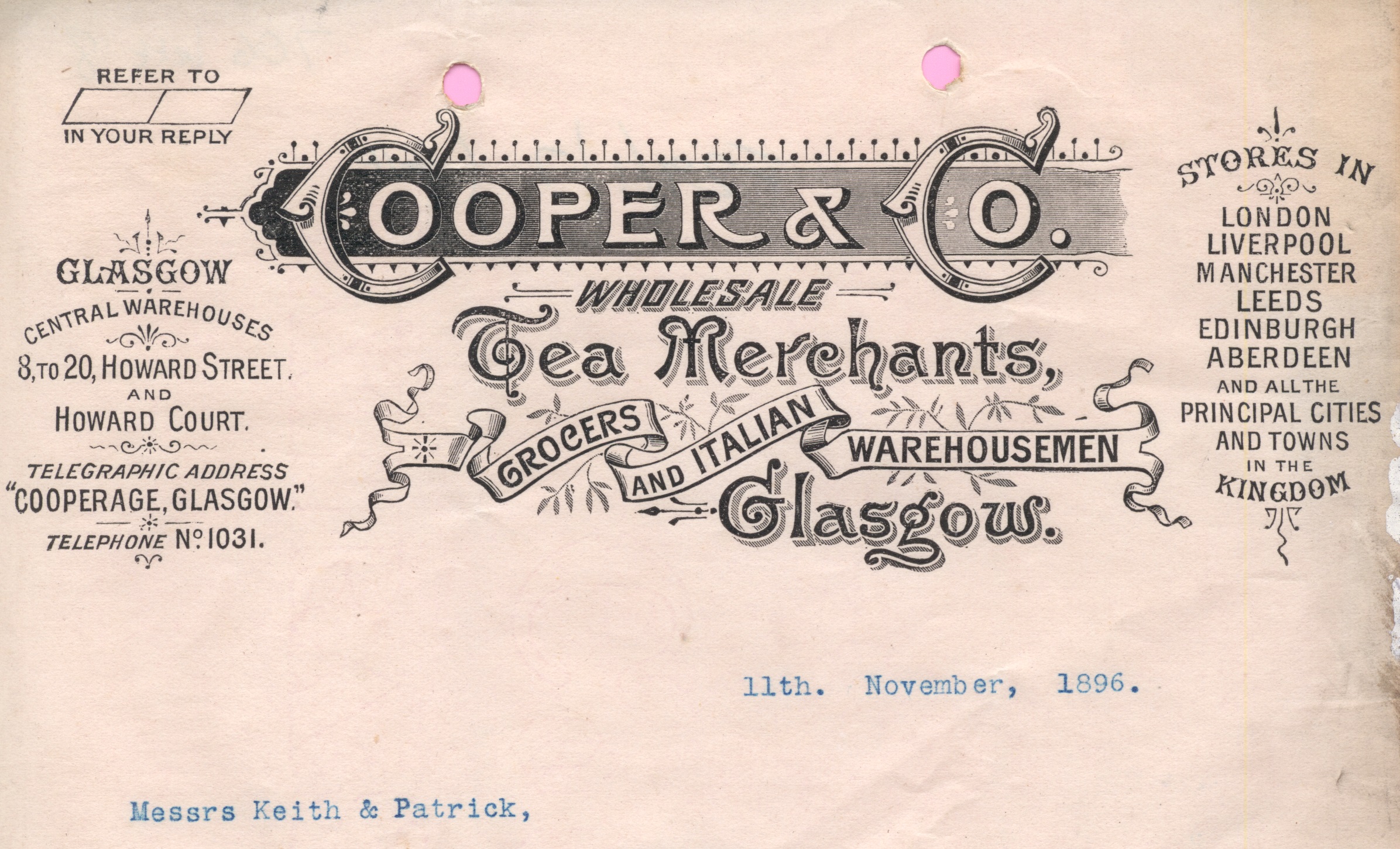
Letter on headed notepaper from Cooper & Co., wholesale tea merchants, grocers and Italian warehousemen, Howard St, Glasgow, Scotland, 11 November 1896. © South Lanarkshire Council. Licensor www.scran.ac.uk
Pizza, pasta, ice cream parlour
Many Italians became entrepreneurs and fused their Italian or regional identity with their Scottish business ventures.
In fact, many of Scotland’s beloved ice cream parlours and fish and chip shops were first pioneered by Italian Scots.
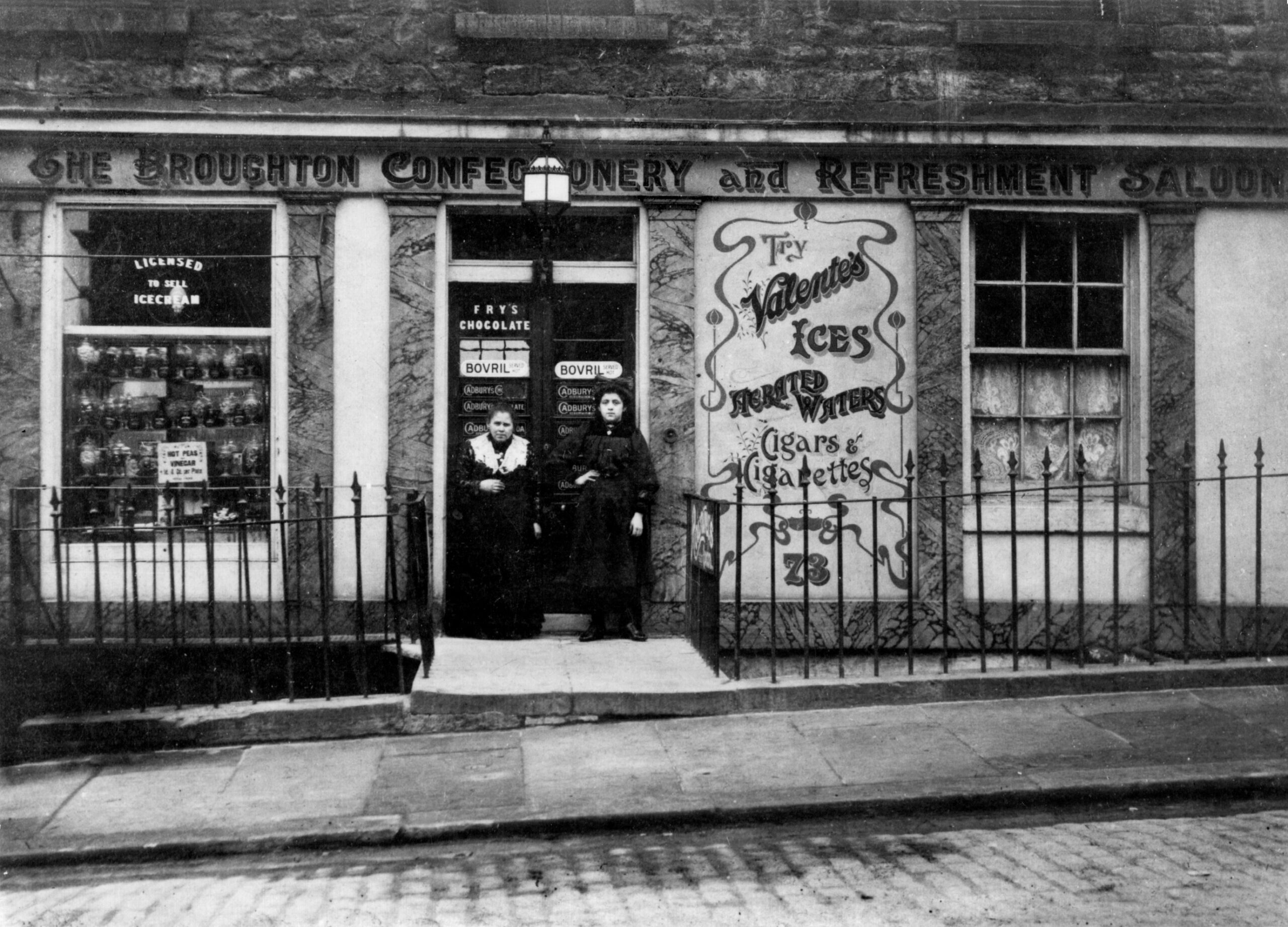
Italian Ice cream Shop, Edinburgh, 1907. A quarter of immigrants between 1891 and 1901 came from Italy. Many Italians entered the restaurant business. This family sells the typical Italian delicacy – ice cream. © Scottish Life Archive, National Museums of Scotland. Licensor www.scran.ac.uk
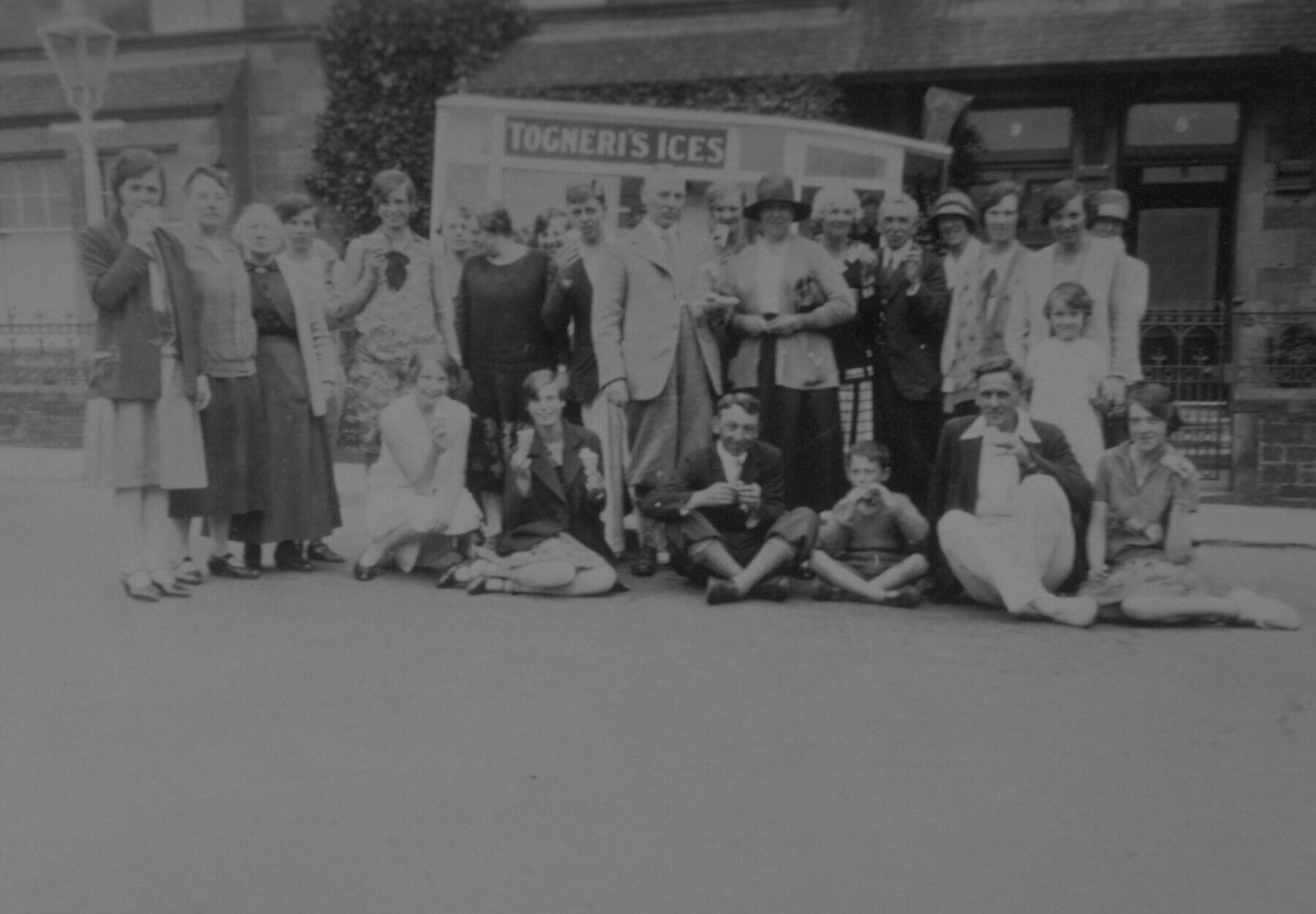
This image shows Dunbar in the 1920s. A large group of people have posed in front of Togneri’s Ice Cream van. © East Lothian Museums Service. Licensor www.scran.ac.uk
Mr Coletta brought genuine Italian ice cream to the streets of Dundee. His stall was a converted barrow.
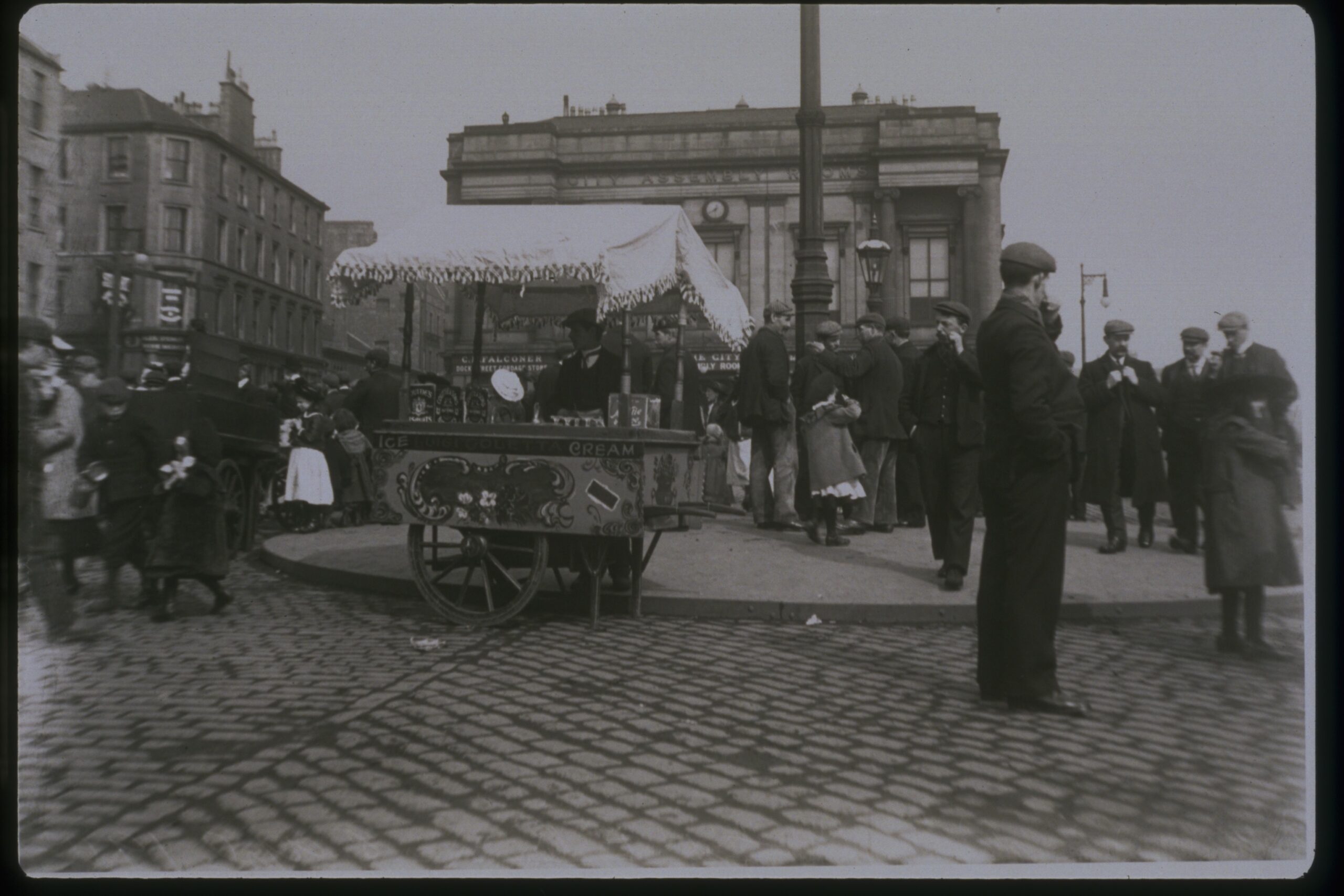
Luigi Coletta’s Ice Cream Cart, Dundee, 1907 © Dundee City Council, Central Library, Photographic Collection. Licensor www.scran.ac.uk
Lanark’s first Italian ice cream and confectionery shop was owened by the Minchella family. Steven Minchella opened his first shop at 29 Wellgate, Lanark and later moved to 14 Bannatyne Street. You can still see a date stone bearing his initials and the year 1912 there. After his death his son and daughter Angelo and Caroline ran the shop.
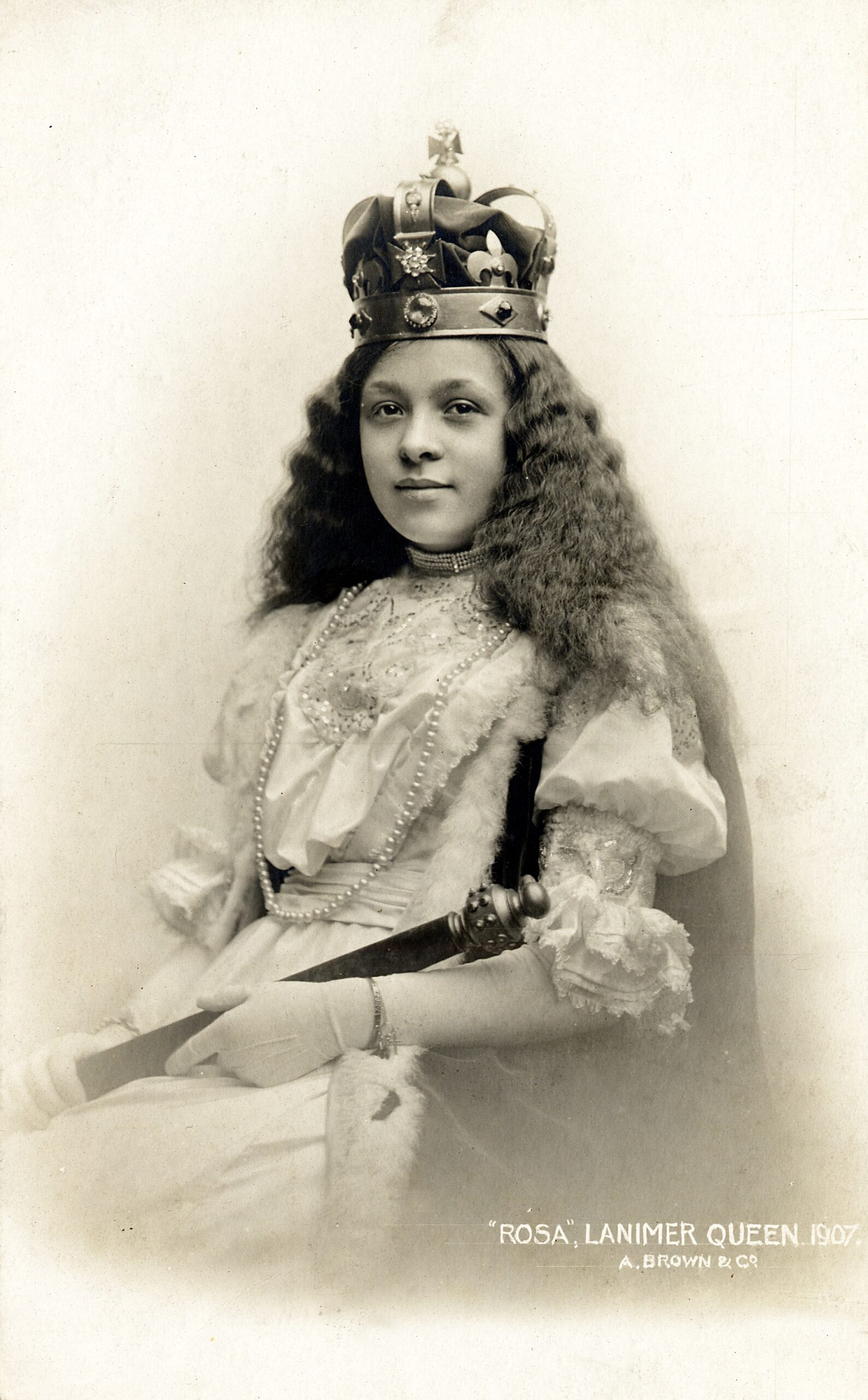
Maria Rosa Minchella was the daughter of Steven Minchella. She was chosen as Lanimer Queen by her fellow pupils at St Mary’s School, Lanark. © South Lanarkshire Libraries. Licensor www.scran.ac.uk
Italian Scots were culinary innovators, driving gastronomic advancements and imprinting an enduring legacy on the Scottish cultural landscape. But their impact goes far beyond their culinary legacy.
From fish and chips to football
Rolando Ugolini’s father came from Lucca in Italy. Born in Lucca, the family moved to Armadale in Scotland just after the First World War, in 1920, when Rolando was three years old.
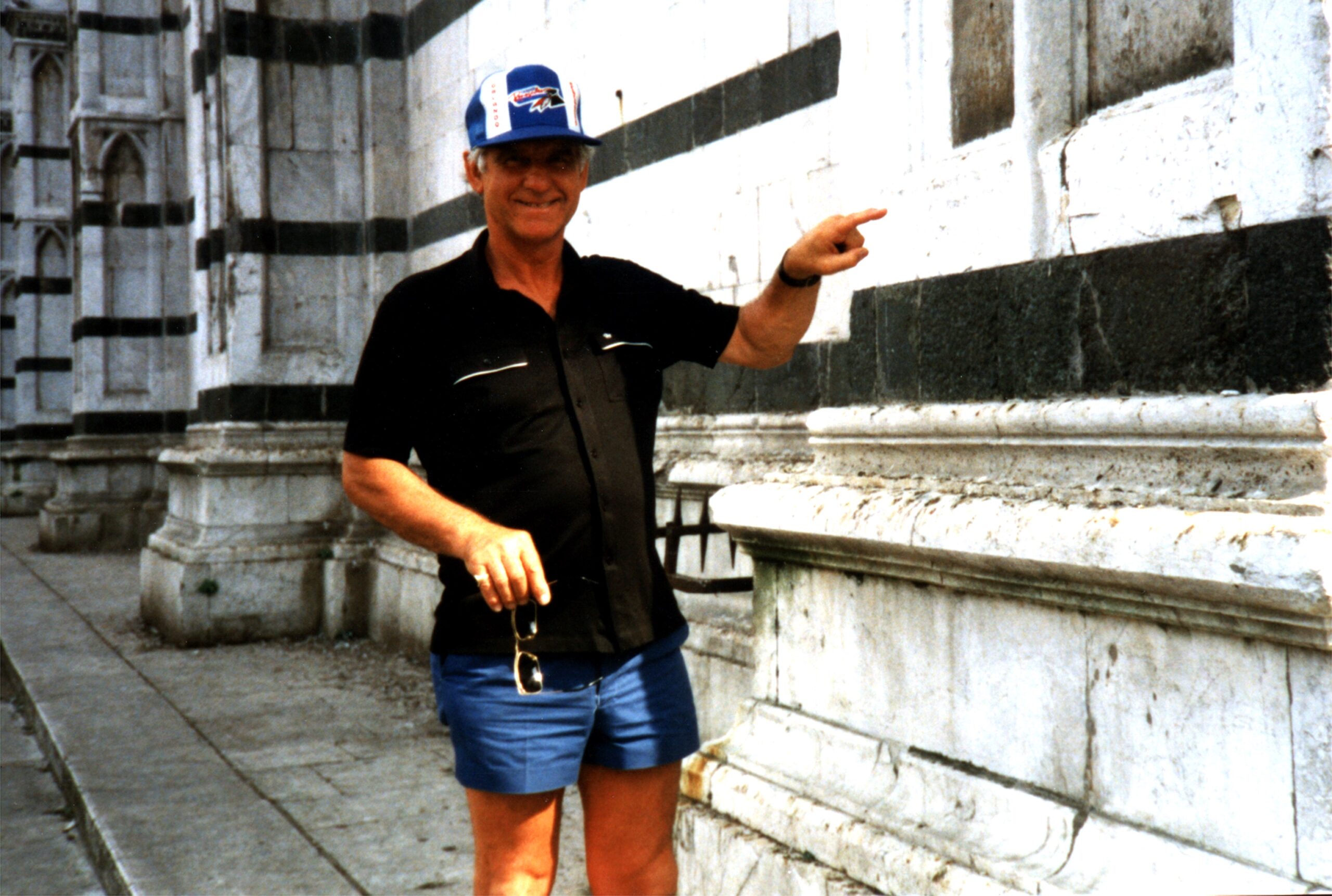
Football star and Italian Scot, Rolando Ugolini © City of Edinburgh Council. Licensor www.scran.ac.uk
When Rolando left school he worked first in the family fish and chip shop. He left when he was 18 to become a professional footballer.
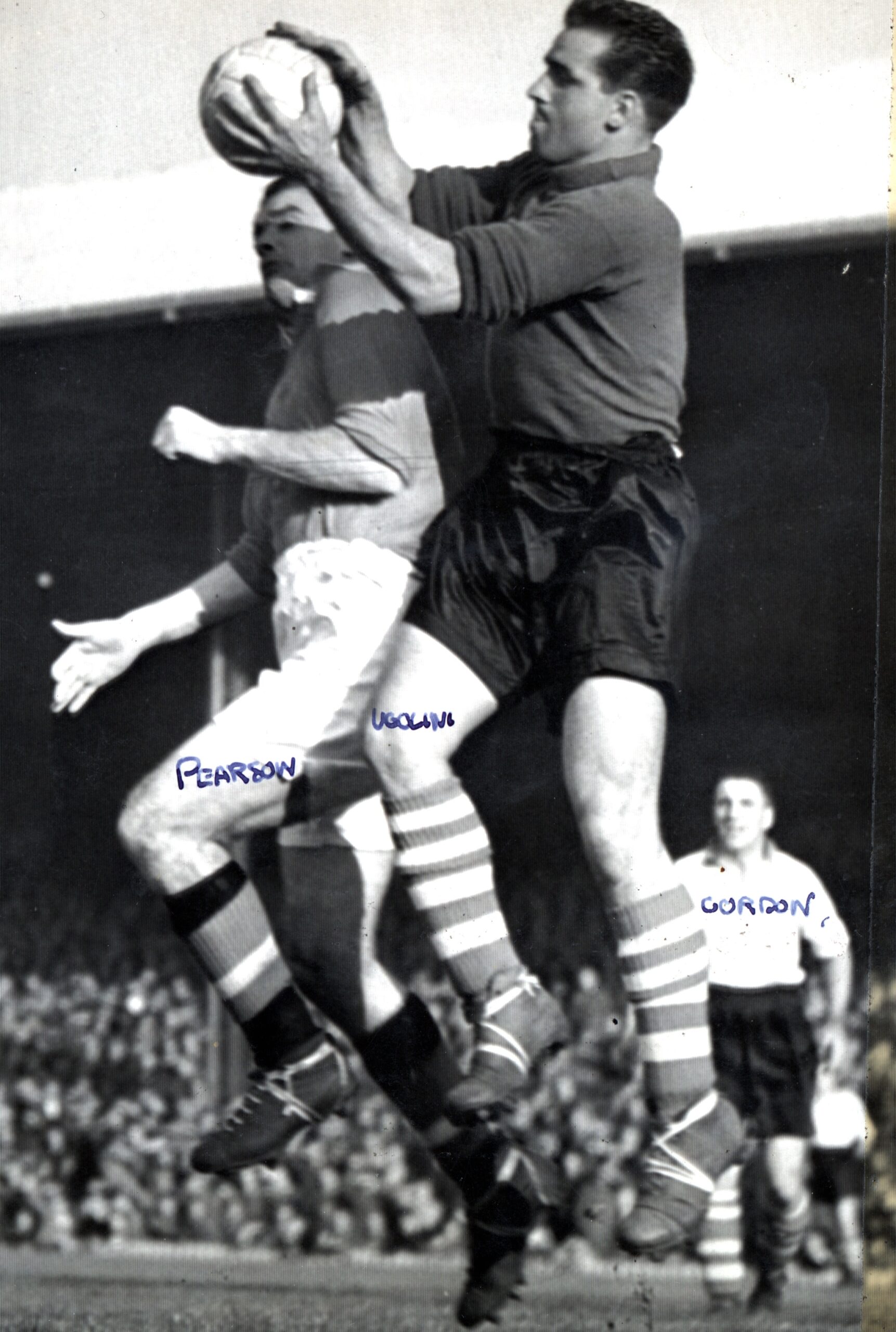
Photograph of a football game at Old Trafford. 1951.Goalkeeeper Mr. Rolando Ugolini leaping to save the ball. © City of Edinburgh Council. Licensor www.scran.ac.uk
Ugolini’s talent for football opened the doors to trials with Heart of Midlothian for him. While his professional career ultimately took off with Celtic, it was with Middlesbrough in England where he truly made his mark.
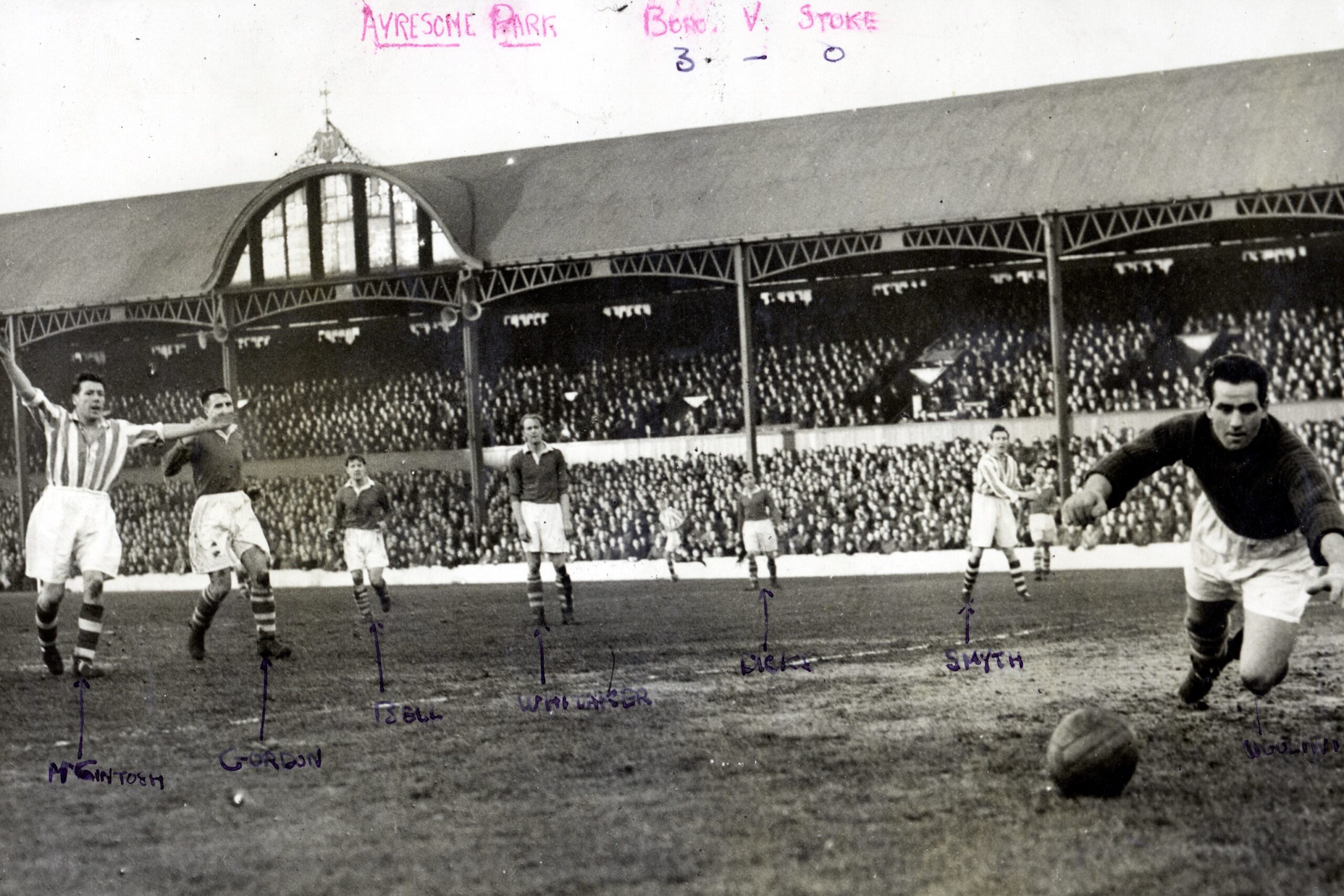
Photograph of a football game at Ayresome Park, Middlesbrough. Goalkeeper, Mr. Rolando Ugolini is saving the ball. © City of Edinburgh Council. Licensor www.scran.ac.uk
La dolce vita?
The early 20th century saw large numbers of immigrants arrive in Scotland, including from Italy. Economic hardship and a lack of opportunities after the First World War drove many Italians to seek a better life abroad. But life for early Italian immigrants wasn’t always easy.
Anti-Italian prejudices were particularly heightened during the Second World War. Italian Scots were perceived socially, politically and even legally as internal enemies. This often resulted in discrimination, violence and for many, internment and even deportation.
This difficult history is further marked by the sinking of the Arandora Star in 1940.
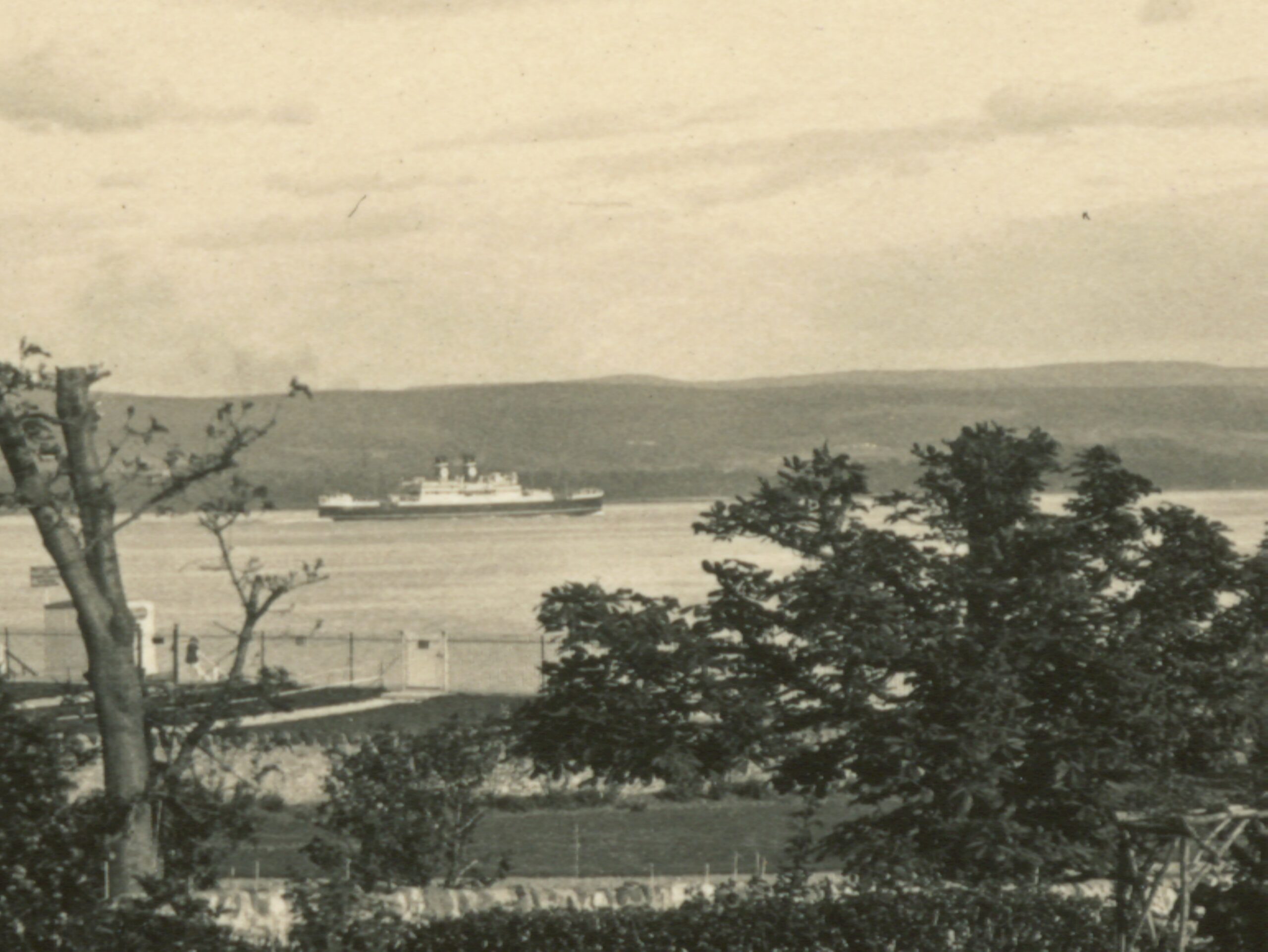
© Scottish Maritime Museum. Licensor www.scran.ac.uk
The SS Arandora was a merchant steam ship that entered service with the Blue Star Line. The shipping line specialised in the transportation of refrigerated goods but by 1929, she was converted into a cruise liner.
In 1939 she was used as a test ship for net defences against torpedo attacks and later converted into a troop ship. At the end of June 1940 she was assigned the task of deporting interned Anglo-Italian and Anglo-German civilians as well as Austrian Jewish refugees and prisoners of war to Canada.
However, on 2 July, at 6.15 am, she was torpedoed by U-47, 75 miles west of Bloody Foreland. The ship sank in 65 minutes resulting in the deaths of 712 men, of which 446 were Italian.
Pop art pioneer Paolozzi
If you think about pop art, the name Andy Warhol might be the first one to… pop into your head. But in fact, Edinburgh born Italian Scot Eduardo Paolozzi was one of the great pioneers of pop art and became known for his sculpture and graphic work.

Paolozzi’s parents, Rodolfo and Carmela, emigrated from Viticuso, in Italy. In Edinburgh, they ran an ice cream shop in Leith. Eduardo spent his summers with his grandparents in Monte Cassino, and grew up bilingual.
In June 1940, when Italy declared war on the United Kingdom, Paolozzi was interned (along with most other Italian men in Britain). During his three-month internment at Saughton prison his father, grandfather and uncle, who had also been detained, were among the 446 Italians who drowned with the Arandora Star.
In 1943, Paolozzi started studying at the Edinburgh College of Art. He went on to study at the Slade School of Fine Art at University College London from 1944 to 1947.
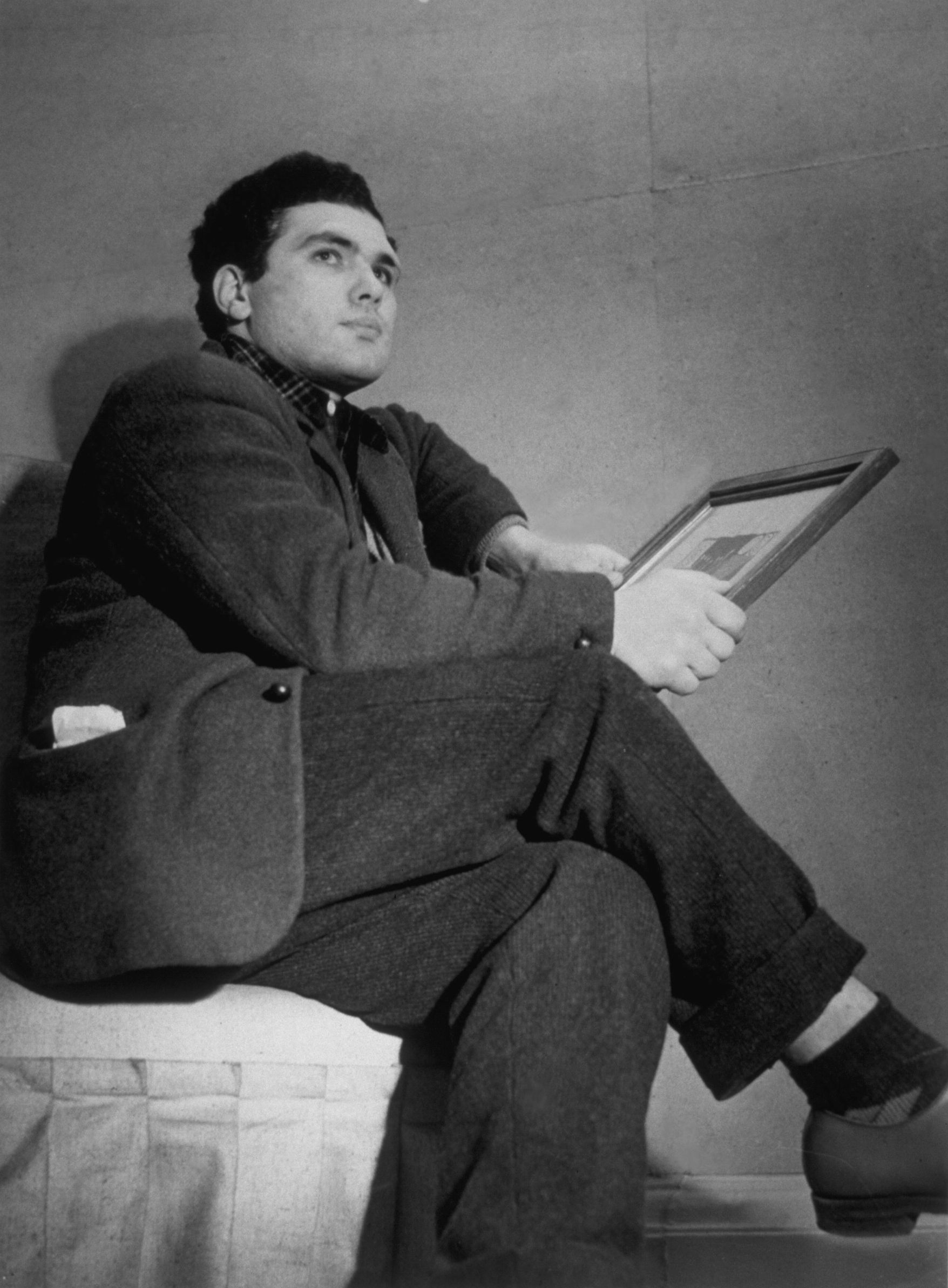
Eduardo Paolozzi started studying at the Edinburgh College of Art in 19343. He went on to study at the Slade School of Fine Art at University College London from 1944 to 1947 after which he started working in Paris. © Hulton Getty. Licensor www.scran.ac.uk
There’s more Italian life in Scotland to explore
The exhibition ‘L’incontro: An archive of Italian life in Scotland’ is now on display at the Buchanan Building, Union St, St Andrews, KY16 9PQ. This curated collection of photographs and images offers a glimpse into the rich and diverse lives of Italians in Scotland spanning the last century.
In collaboration with Prof. Derek Duncan from the University of St Andrews, Jackie Sangster from Historic Environment Scotland and Simi Singh and Eleanor Summers, student interns of the St Andrews Research Internship Scheme, ‘L’incontro’ showcases twelve thought-provoking archival pieces sourced from HES archives and SCRAN, accompanied by historical research, curated oral histories and from the stories shared on the #ItalianScotsArchives feed launched by SCRAN on X during lockdown.
Do you have any personal stories from your Italian Scottish family? Share them with us via #ItalianScotsArchives and don’t forget to tag @ScranLife
More from our archives
We have many more fascinating stories from our archives on our blog. Want to find out more about the history of pantomime in Scotland? Or have you heard about Scotland’s Harry Houdini, Walford Brodie, the Wizard of the North?
Get our latest blog delivered straight to your inbox – sign up to our blog newsletter.
Header image: Shop counter at the camp, Billiard Room and Cafe, Motherwell. © City of Edinburgh Council. Licensor www.scran.ac.uk
About the author
Eleanor Summers is a student intern of the St Andrews Research Internship Scheme. In collaboration with Professor Derek Duncan from the School of Modern Languages, Jackie Sangster from Historic Environment Scotland and fellow student intern, Simi Singh she has worked on the thought-provoking L’incontro exhibition.

